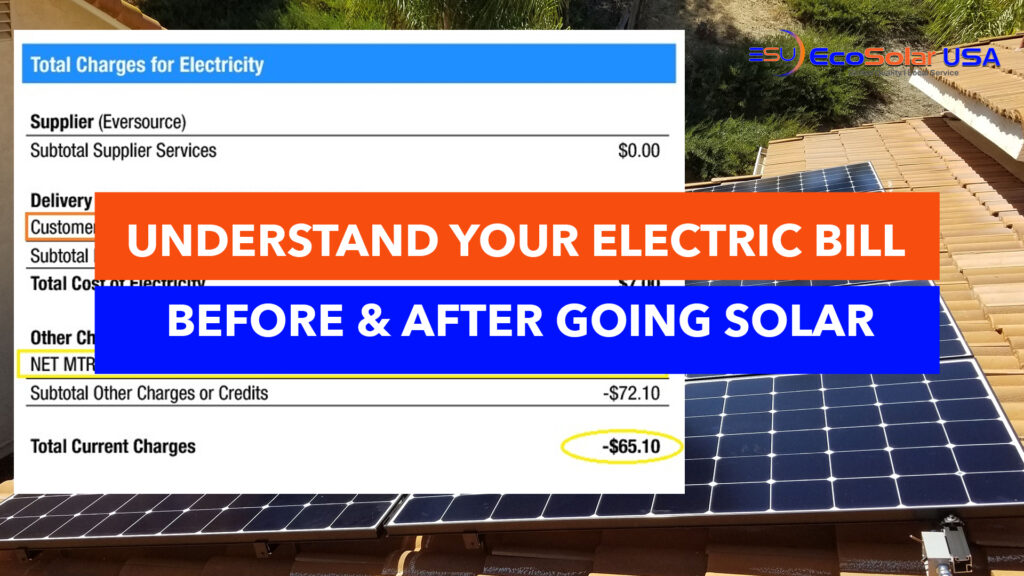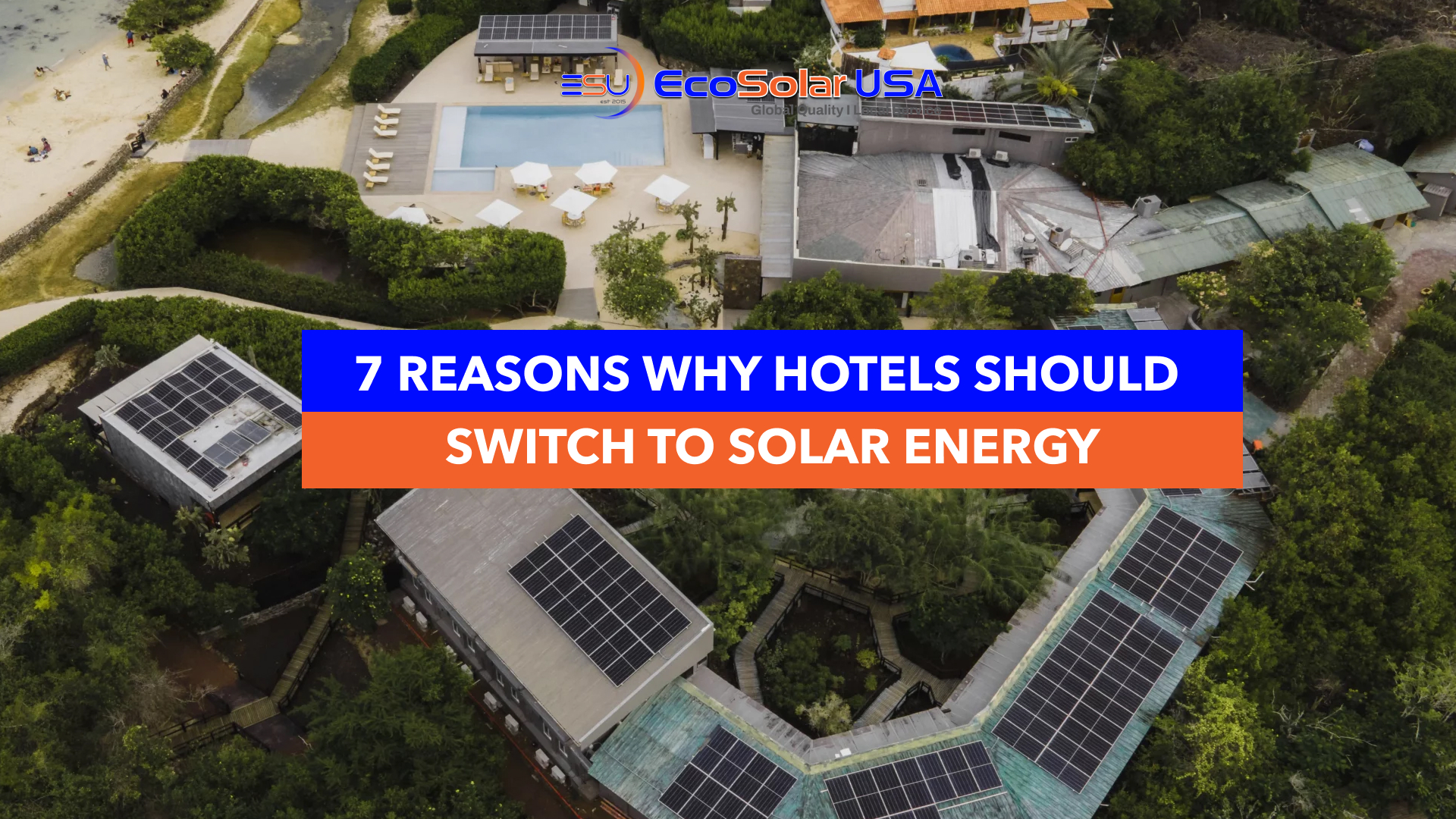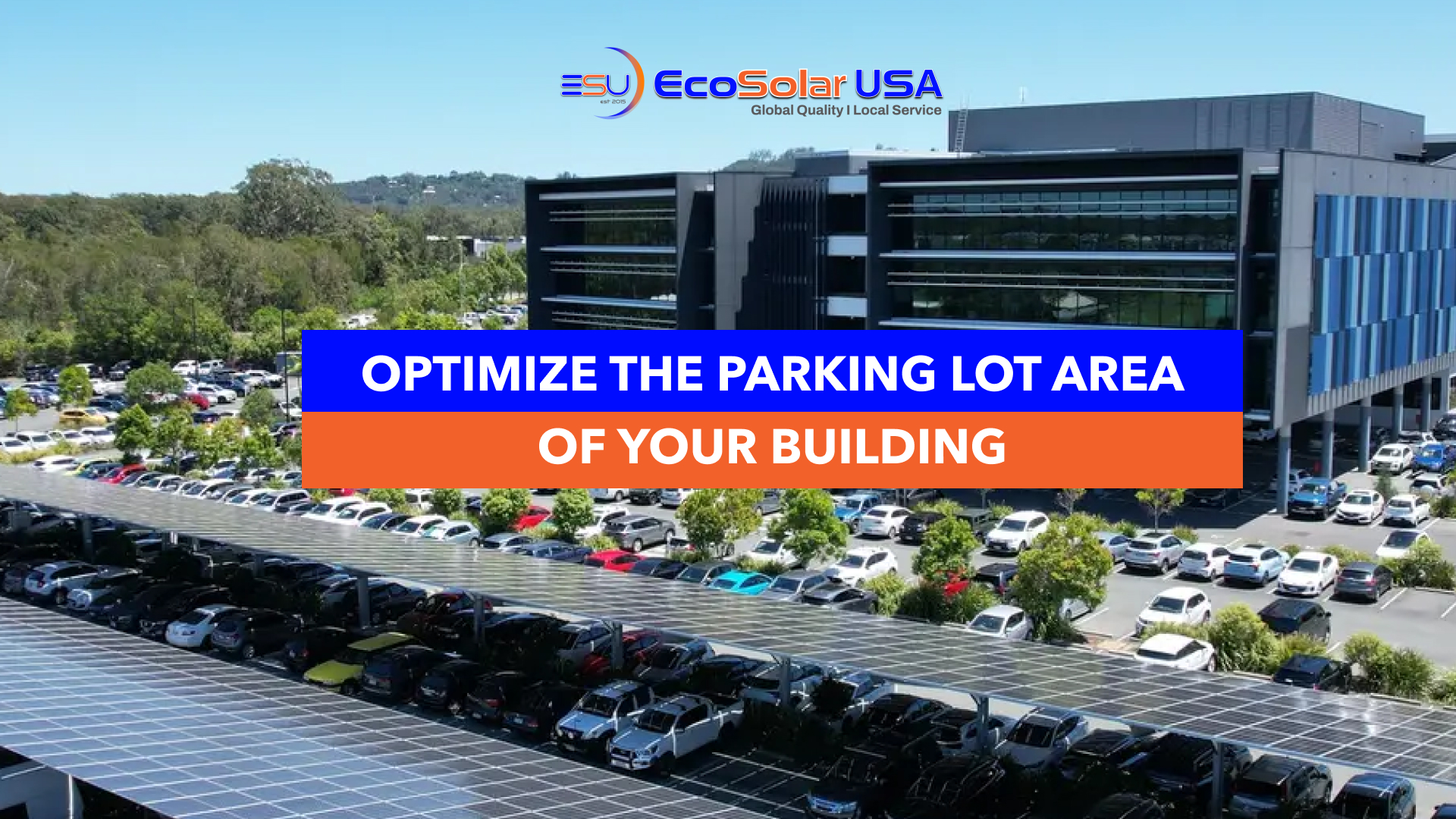
Do You Still Have an Electric Bill with Solar Panels?
Yes — most homeowners still receive an electric bill after installing solar panels.
However, that bill looks very different from what you’re used to. Instead of showing hundreds of dollars in charges, it may show minimal utility fees or even negative balances if your solar system produces more energy than you consume.
Comparison Table: Electric Bill Before vs. After Solar
| Category | Before Solar | After Solar |
| Monthly Cost | $150–$300 average | $10–$30 (service fees) or credit |
| Energy Source | 100% from grid | Mostly solar + some grid |
| Rate Fluctuation | Subject to rising utility rates | Locked-in solar cost for 25+ years |
| Credits (Net Metering) | None | Earn credits for extra energy sent to grid |
| Carbon Footprint | High | Significantly reduced |
| Ownership of Power | Utility-owned | Homeowner-owned energy |
Solar Panels Can Make Your Electric Bill Negative
Through net metering, when your solar system produces more power than you use, the extra electricity is sent to the grid — and you get credits from your utility company.
In sunny months, you might generate more credits than your usage, leading to a negative bill that carries over to the next month.
Example Diagram: Energy Flow with Net Metering
[Sunlight] ☀️
↓
[Solar Panels] → [Home Energy Use] → [Excess Power → Utility Grid]
↑
[Credits Earned on Bill]
This means during the day, your solar panels power your home and send excess to the grid. At night, you use electricity from the grid — but the credits you earned offset those costs.
How Much Do Solar Panels Save?
Your savings depend on your energy use, system size, and local rates. But on average:
| Location | Average Monthly Bill (Before) | After Solar (Net) | Average Annual Savings |
| California | $220 | $25 | $2,300+ |
| Texas | $180 | $20 | $1,900+ |
| Florida | $160 | $18 | $1,700+ |
Most homeowners save 60–90% on electricity costs, with payback periods of 6–10 years and lifetime savings exceeding $40,000–$60,000.
Electric Bill vs. Solar Bill
When you go solar, your old “electric bill” becomes a combination of:
- Utility Bill (for grid connection and minimal fees)
- Solar Loan Payment (if you financed your panels)
| Component | Description | Typical Range |
| Utility Delivery Fee | Flat service connection fee | $10–$30/month |
| Solar Loan (if applicable) | Fixed monthly payment for system | $80–$150/month |
| Net Metering Credit | Deducted from your grid usage | -$20 to -$200/month |
| Total | Solar loan replaces old bill, but overall savings remain | Up to 70% reduction |
Example Scenario
Before Solar:
- Electric Bill: $220/month
- Annual Cost: $2,640
After Solar:
- Utility Fee: $25/month
- Solar Loan: $120/month
- Total Monthly Energy Cost: $145/month
- Annual Savings: $900
- Lifetime Savings (25 years): ~$22,500
And once your solar loan is paid off, you enjoy free electricity for the remaining life of your system (often another 15+ years).
Find Out How Much You Can Save with Solar
Your savings depend on factors like:
- Roof direction and shading
- Energy consumption
- Local utility rates
- Solar system size
You can use free tools or schedule a consultation with Eco Solar USA to get a personalized savings estimate for your home.
About Eco Solar USA
Eco Solar USA has over 10 years of experience installing high-performance solar systems across California and Texas.
With offices in Garden Grove, CA, and service in Houston, TX, we specialize in helping homeowners reduce their electric bills, lock in long-term energy savings, and achieve energy independence.
🌞 Get a free quote from Eco Solar USA today — and see how solar can make your next electric bill your smallest yet.



